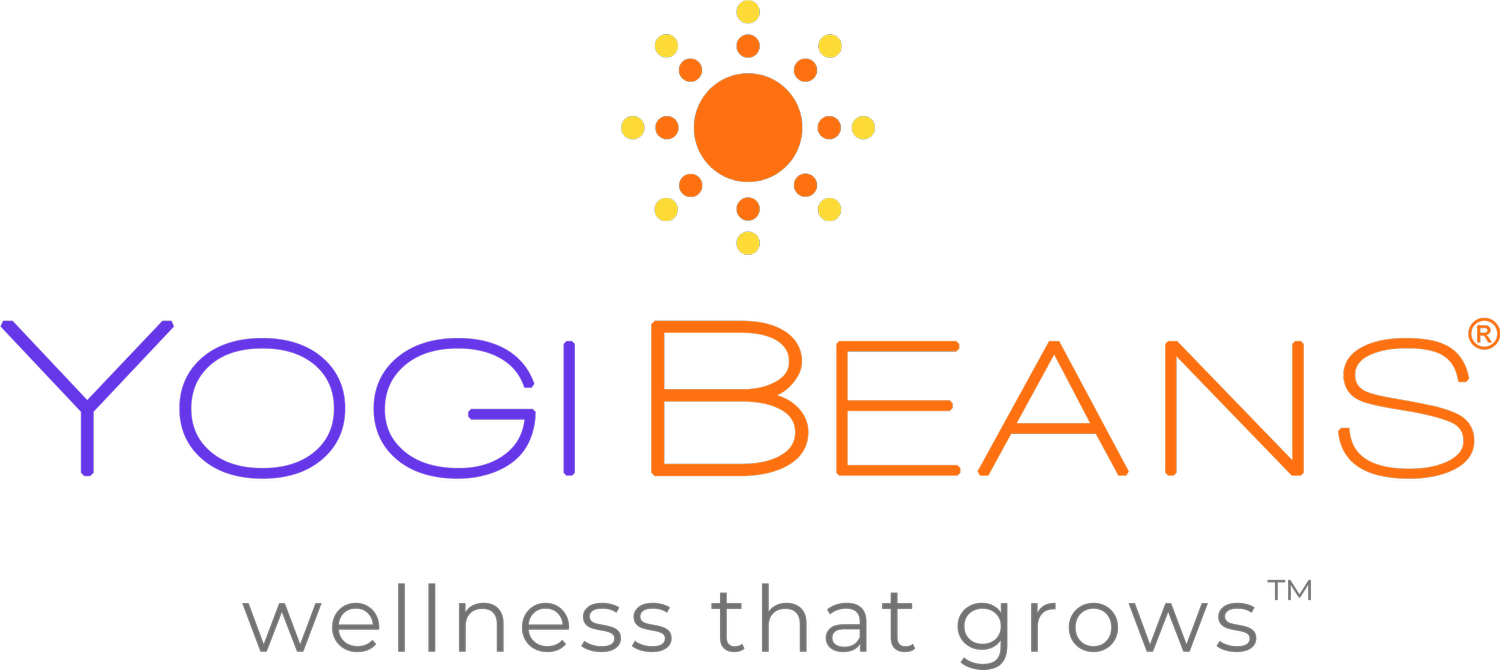Yoga as a Holistic Treatment for Kids with ADHD: Enhancing Focus and Calm
Attention Deficit Hyperactivity Disorder (ADHD) can present unique challenges for children, particularly when it comes to focus, impulse control, and managing hyperactivity.
While medication and traditional therapies have been common approaches, there is growing interest in yoga as a complementary treatment. Yoga, focusing on mindfulness, movement, and breathwork, offers a holistic way to support kids with ADHD, helping them cultivate a sense of calm and improve their concentration.
What is ADHD?
ADHD, or Attention Deficit Hyperactivity Disorder, is a neurodevelopmental disorder that affects both children and adults. It is characterized by symptoms such as difficulty maintaining attention, hyperactivity, and impulsiveness.
There are three types of ADHD:
Inattentive: Kids might get easily distracted or forget things.
Hyperactive-Impulsive: They might be very active, fidget, or act without thinking.
Combined: Some kids have a mix of both.
ADHD is believed to be caused by a combination of genetic, environmental, and neurological factors. It is typically diagnosed in childhood, but many people continue to experience symptoms into adulthood. Treatments for ADHD often include behavioral therapies, lifestyle changes, and medication, such as stimulants that help regulate attention and impulse control.
Can ADHD be cured?
ADHD isn’t something that can be entirely cured, but with proper care and a healthy lifestyle, its symptoms can be effectively managed and gradually diminish over time, empowering children and adults with ADHD to live happy and successful lives.
While medication can help, maintaining a balanced lifestyle is one of the most important factors. Simple activities like yoga or mindfulness can be highly effective in managing symptoms.
How Yoga Benefits Kids with ADHD
Yoga is a powerful tool for children with ADHD, offering more than just physical exercise. Here's how yoga can make a difference:
Enhances Focus and Attention: Children with ADHD often struggle with maintaining attention, especially in school or during structured activities. Yoga can help improve focus through mindfulness practices that encourage children to stay present. By guiding them through simple poses and focusing on their breath, yoga helps kids anchor their minds, leading to better concentration over time.
Reduces Hyperactivity: Hyperactivity is one of the hallmark symptoms of ADHD. Yoga allows children to channel this energy in a constructive way. Physical postures like Warrior Pose or Tree Pose engage their bodies, offering a productive outlet for restlessness. The act of holding poses and concentrating on their movements helps reduce impulsivity, leading to greater self-control.
Promotes Emotional Regulation: Children with ADHD can often feel overwhelmed by their emotions, leading to frustration, anger, or anxiety. Yoga teaches them how to connect with their breath, which is a powerful tool for emotional regulation. By incorporating breathing exercises like "belly breathing" or "lion’s breath," kids learn how to calm themselves in stressful situations, helping them respond to challenges with more resilience.
Builds Confidence and Self-Awareness: Yoga offers a non-competitive environment where children can progress at their own pace, which boosts self-esteem. As they master new poses and become more aware of their bodies, they build confidence. This self-awareness also extends to understanding their own triggers and learning how to manage them effectively.
What is the best yoga for kids with ADHD?
Yoga is highly beneficial for children with ADHD, enhancing focus, self-regulation, and mindfulness. While many general kids’ yoga classes can be suitable, it's essential to ensure that the instructor understands your child's unique needs and can adapt the practice accordingly. Talking with the teacher or school in advance is a good way to confirm this.
Ideally, finding a specialized yoga class designed for children with ADHD or other special needs would provide the most tailored support. In these classes, instructors are specifically trained to share the benefits of yoga in a way that resonates with kids who need extra guidance.
For further details, feel free to reach out to the Yogi Beans Bean Team. With nearly 20 years of experience teaching children with special needs and training yoga teachers, we’re here to help!
Tips for Teaching Yoga to Kids with ADHD:
Keep sessions short: Children with ADHD may struggle with longer classes, so aim for 20-30 minute sessions.
Incorporate games and fun: Use playful themes, props, or storytelling to make the practice engaging.
Focus on breathing: Teach simple breathing exercises to help kids learn to self-regulate.
Encourage movement: Suggest active poses and transitions to maintain energy and interest.
Create a calming environment: Use soft music, gentle lighting, and comfortable spaces to promote relaxation.
Overall, the key is to make yoga enjoyable and adaptable to meet each child's needs.
ADHD Yoga Poses You Can Practice at Home
Below are some simple yoga poses that you can safely practice at home with kids. These asanas focus on relaxation and boosting concentration, making them especially beneficial for children with ADHD. Start with short sessions (30 seconds per posture initially) and gradually increase the duration over time.
1. Tree Pose (Vrksasana)
Benefits: Enhances balance and focus.
How to do it: Stand on one leg and place the opposite foot on the inner thigh or calf of the standing leg. Bring hands to the heart center or reach them overhead.
2. Child's Pose (Balasana)
Benefits: Promotes relaxation and reduces stress.
How to do it: Kneel on the floor, sit back on your heels, and fold forward, resting your forehead on the mat with arms extended in front.
3. Cat-Cow Stretch (Marjaryasana-Bitilasana)
Benefits: Encourages spinal flexibility and breath awareness.
How to do it: Start on all fours. Inhale, arching your back (Cow), and exhale, rounding your spine (Cat). Repeat several times.
4. Seated Forward Bend (Paschimottanasana)
Benefits: Calms the mind and stretches the back and hamstrings.
How to do it: Sit with legs extended in front. Inhale, lengthen your spine, and exhale, folding forward over your legs.
5. Legs-Up-the-Wall Pose (Viparita Karani)
Benefits: Relaxes the nervous system and reduces anxiety.
How to do it: Sit next to a wall, lie on your back, and extend your legs up the wall. Relax and breathe deeply.
Yogi Beans’ Training: A Kids’ Yoga Training for Everyone
With hearts full of love, Yogi Beans offers a comprehensive kids yoga teacher training to ensure future teachers are equipped to deliver beautiful and inspiring yoga lessons to every little bean, without exception. The training includes an in-depth section on teaching yoga to children with special needs, such as ADHD. Led by compassionate experts like Maggie McHugh, this part of the program celebrates the uniqueness of each child and supports their individual journey.
Designed for educators, caregivers, and service providers, this section equips participants with practical tools to support children with diverse needs. While it isn’t intended to provide medical guidance or replace therapy, it addresses the unique, overlapping challenges many children face. For instance, a child with ADHD might also experience anxiety, just as a child on the autism spectrum or with Down syndrome might struggle with impulse control.
This part of the training isn’t prescriptive based on medical diagnoses; instead, it focuses on holistic strategies that promote each child’s well-being.
Join us to learn how yoga can support children across a range of needs, empowering you to make a positive difference.
Connect with us!
Welcome Friends!
Yogi Beans is a yoga and wellness company for children. Come make the world a brighter place with us!



